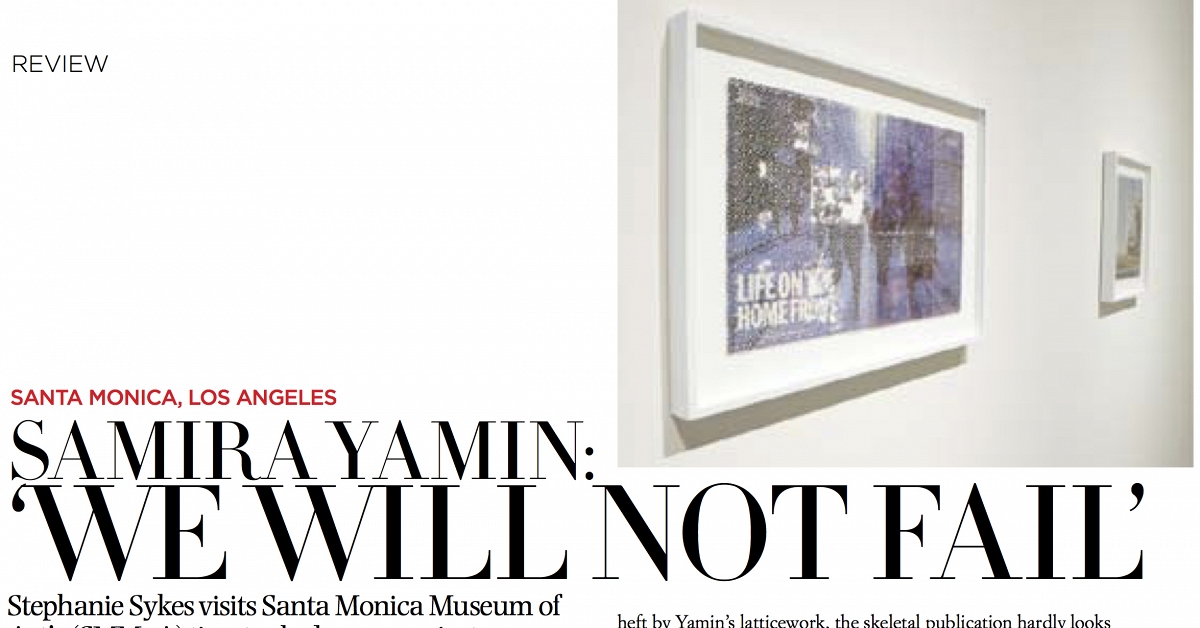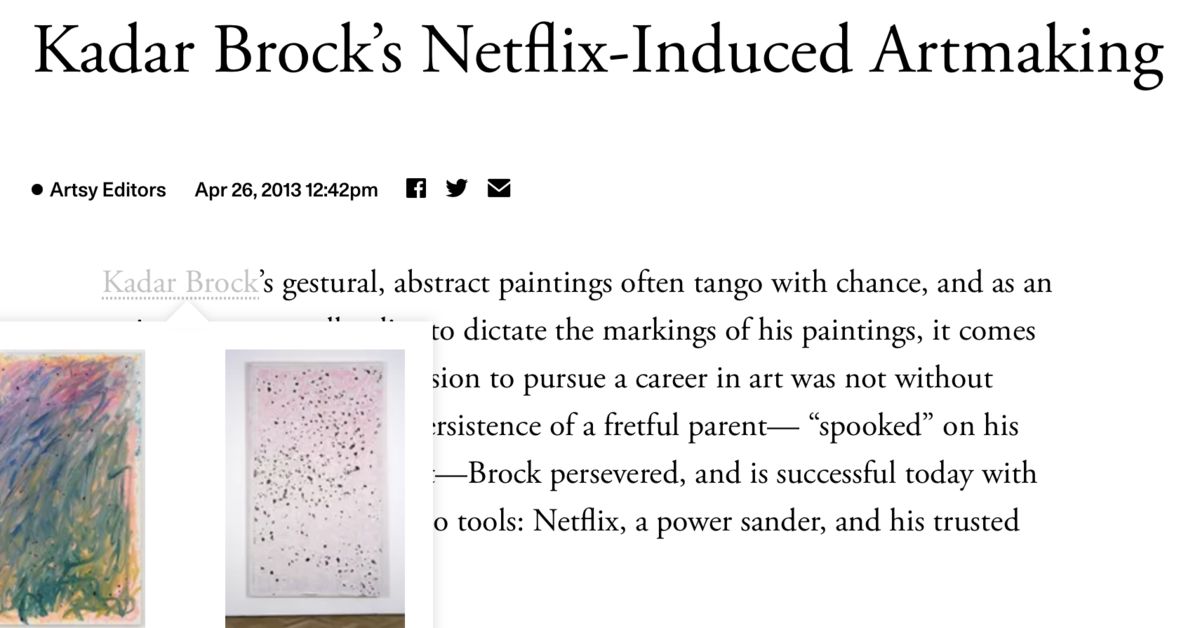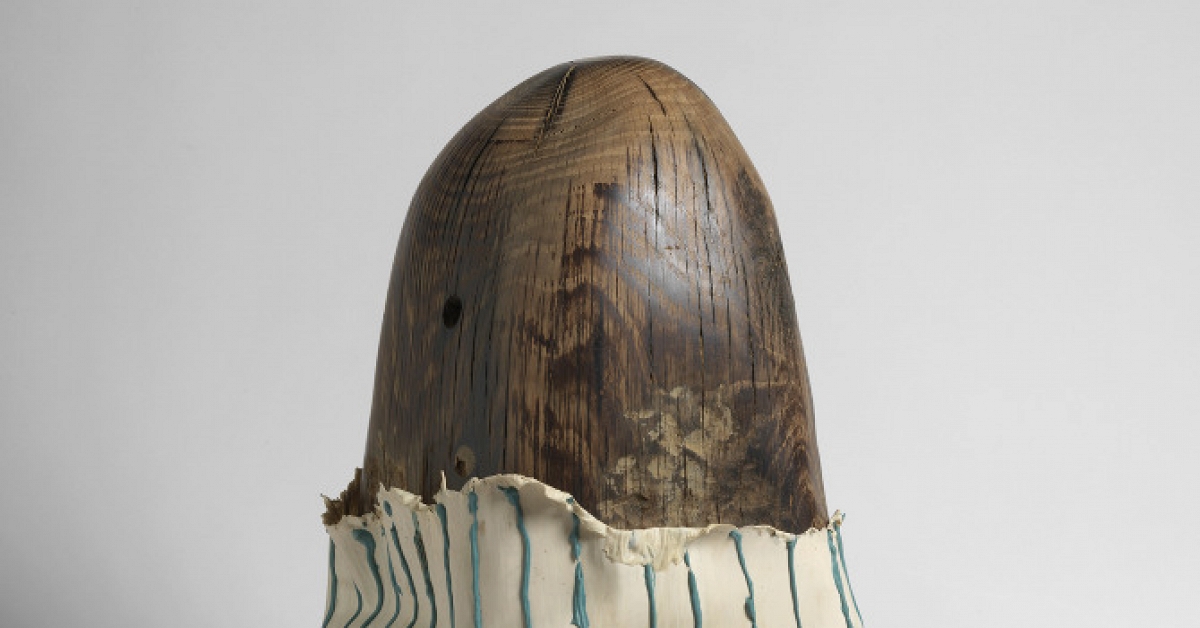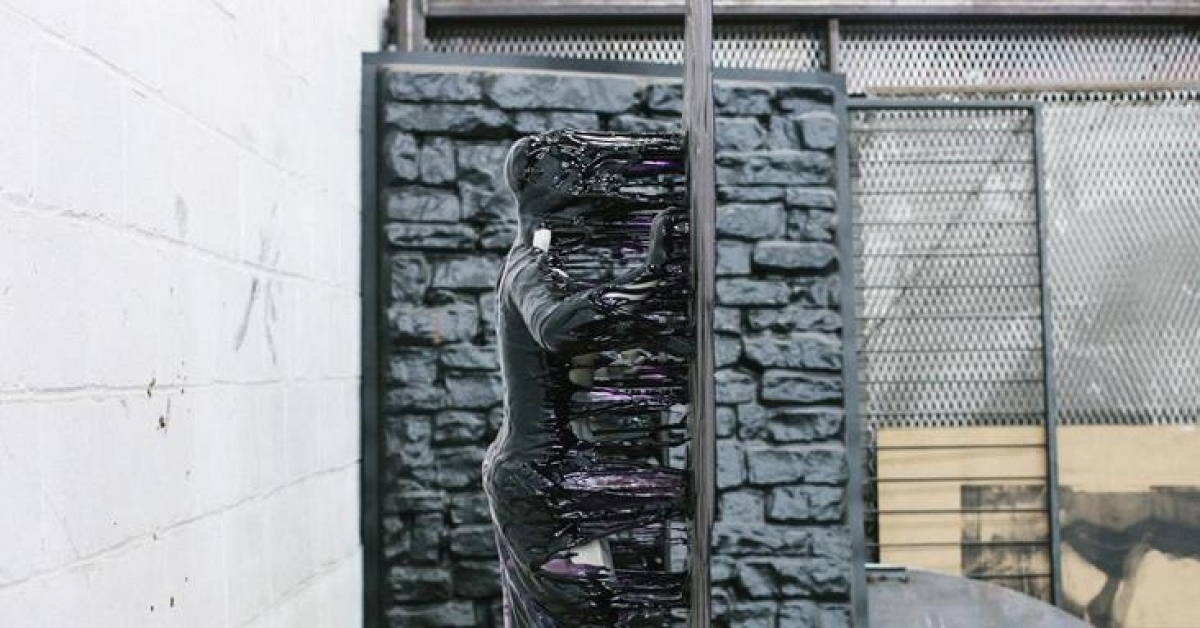Different Damage: Kadar Brock’s Abstraction
Black Book / Sep 5, 2013 / by Hillary Weston / Go to Original
Kadar Brock’s debut solo exhibition, on view at the Hole, features abstract paintings that are the result of buffing surfaces, scraping, collecting, and repurposing stray materials. They’re beautifully damaged objects, full of vibrant detail. In addition to his signature large-scale pieces—created by sanding down surfaces marked with flashe, oil, acrylic, house paint, and spray paint—this suite of new works includes ones constructed from studio leftovers and debris, arranged on canvas like so much colorful confetti.
“They’re pretty randomized,” Brock told me. “The material is from all the paint chips I’ve culled while deconstructing the sanded works—those gestures and brushstrokes are entirely de- and re-contexualized.” This sort of artful recycling is also apparent in a medium-sized work, equal parts sculpture and painting, entitled residuumii. “As I work on the larger pieces I collect the dust that’s sanded off of them, and then cast it into a slab of Hydrocal,” he explains.
“It’s another reconstituted painting: Same basic materials, different configuration. I like these ritual processes that turn around my relationship to mark-making—and how info is inherently, like an aura, maintained in paintings after that turnaround.” Brock’s exhibition is on view in conjunction with one by Kaspar Sonne, featuring paintings that look like they’ve been burned and dynamited off their stretcher bars.
Does he, I wondered, feel like he’s part of some new generation of painters, pushing the medium forward by destroying it? “I see it as we’re setting up rituals and actions that make painting the result of something almost performative,” he surmises, “but not in some genius-arena-autonomous way; more in a ‘labor labor every day’ kind of way.”
“They’re pretty randomized,” Brock told me. “The material is from all the paint chips I’ve culled while deconstructing the sanded works—those gestures and brushstrokes are entirely de- and re-contexualized.” This sort of artful recycling is also apparent in a medium-sized work, equal parts sculpture and painting, entitled residuumii. “As I work on the larger pieces I collect the dust that’s sanded off of them, and then cast it into a slab of Hydrocal,” he explains.
“It’s another reconstituted painting: Same basic materials, different configuration. I like these ritual processes that turn around my relationship to mark-making—and how info is inherently, like an aura, maintained in paintings after that turnaround.” Brock’s exhibition is on view in conjunction with one by Kaspar Sonne, featuring paintings that look like they’ve been burned and dynamited off their stretcher bars.
Does he, I wondered, feel like he’s part of some new generation of painters, pushing the medium forward by destroying it? “I see it as we’re setting up rituals and actions that make painting the result of something almost performative,” he surmises, “but not in some genius-arena-autonomous way; more in a ‘labor labor every day’ kind of way.”






